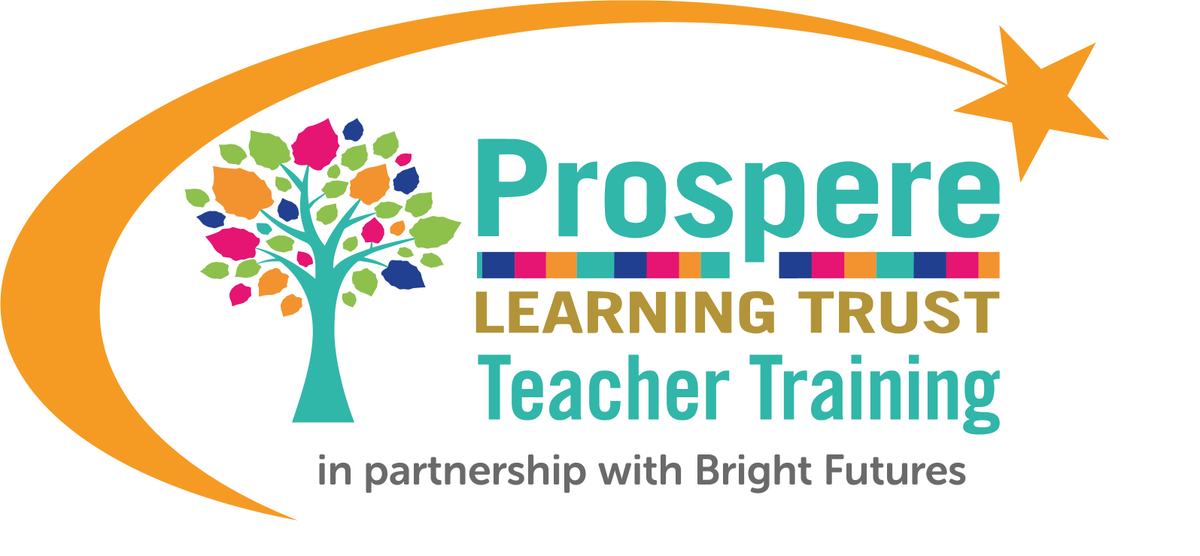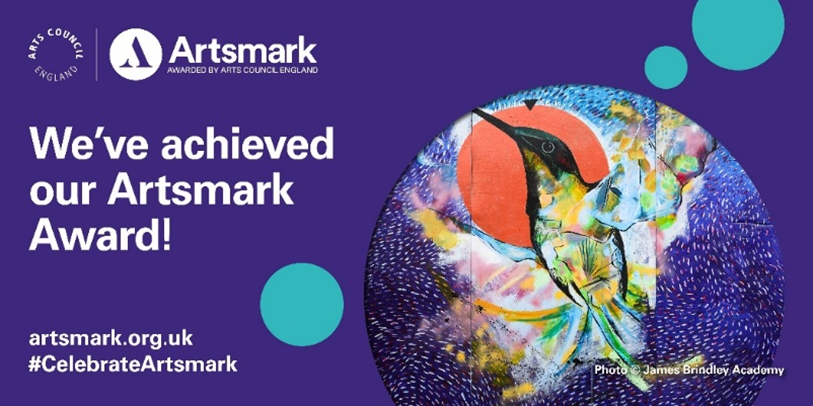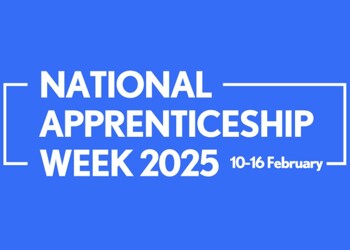A Celebration of Our CEO’s Retirement
Become a Prospere School
Expressing an interest
Any school that is interested in exploring the possibility of joining the PLT MAT should contact us
A member of the team will then be happy to speak to your governing body about what joining the PLT MAT would mean and how the Trust operates. The MAT Board of Trustees will be informed of any schools that have expressed an interest. Following this meeting, and confirmation that the governing body would like to proceed to join the PLT MAT, your school will need to confirm your decision to us and then complete the online registration of interest form on the DfE website.
Six steps to conversion are outlined on the DfE website; the registration of interest is part of step 1. Once you have registered an interest with the DfE they will get in touch with you and give you the name of your DfE project lead. Your DfE project lead will work with you throughout the conversion process and answer any questions you may have. Once your application is accepted, key dates throughout the process are outlined on the DfE’s Academy conversion: important dates page.
Considerations for the PLT MAT
A key consideration for the PLT MAT Trustees is to weigh up the long term needs and viability of the school and whether it will be best served by becoming an academy. They will also need to consider whether the PLT MAT has the resources and capacity to support the school effectively at that particular time. We will therefore carry out due diligence on the current performance of the school, whichever route they may be taking. The due diligence is intended to be a fully collaborative process and not an inspection. An PLT MAT team member will be allocated to work with members of the school’s leadership team to review key areas of the school’s work and to come to an agreed set of evaluations.
The process will vary according to circumstances but would include a number of visits to the school, working with the headteacher, finance officer and governor representatives to establish levels of achievement, quality of provision and staffing, financial overview and the capacity of the leadership team to secure improvement. In advance of the school visit the MAT representative will review any relevant evidence which can be made available. This may include the school’s website, school’s self-evaluation, improvement plan, and performance data.
During the visit the MAT representative will work with school leaders to gather evidence at first hand and may therefore engage in any of a range of agreed activities such as lesson visits, walk of the site, discussion with pupils, scrutiny of work, and review of financial statements. They will reflect, with key personnel, on the observations made and arrive at an agreed evaluation in each of the key areas identified on the summary form.
The outcomes of the audit will be put together in a summary overview to be presented to Trustees and the governing body for consideration before approval to proceed with the application for conversion.
Academy Improvement Support
Prospere Learning Trust has a strong track record of improving schools at pace using a range of staff best suited to the situation being addressed. The most effective model uses a blend of centrally employed PLT staff and current successful school leaders with experience of school to school support. A small central team of expert advisers are employed according to strict criteria; including recent successful headship or senior leadership and track record of bringing about rapid and sustainable school improvement in at least one school and evidence of supporting others. The MAT will draw upon this inherent expertise as well as from strong schools within and beyond the Trust including from local Teaching School Alliances. The Trust will commission a range of high quality school improvement advisers. It is this track record of providing and quality assuring school improvement resource and our understanding of how, what and where to access and deploy resource that makes the MAT strong.
Academy Improvement Lead
Our Senior Leaders will work closely with our CEO to ensure the best resource is deployed to bring about the most rapid impact. The Heads of School/EHT will report to the CEO and key MAT Trustees on academy performance, where RAG (red, amber, green) ratings for each academy will be assessed against performance criteria. A plan of action for the coming term will be agreed for each academy which will be incorporated within its overall Academy Development Plan. Through rigorous monitoring and discussions with the academy headteachers, reports on progress against the plan of action will be done termly and will recommend any additional intervention or support, keeping the CEO fully informed on progress. If progress is not fast enough, the CEO and EHT will visit the academy and consider what further interventions may be necessary. At all times, and for each academy, the headteacher and Chair of the Academy Governing Board will be held to account by the MAT.
Academy Improvement Plan
As soon as possible after conversion the EHT/CEO will ensure that an academy improvement plan is drafted which will identify the key issues and the ways in which the MAT will support the school. In many cases this will be a revision of the existing School Improvement and Development Plan.
For ‘good’ and ‘outstanding’ schools this plan will address any areas raised in the due diligence or which have arisen during the application and conversion process.
For ‘requires improvement’ or ‘inadequate’ schools the improvement plan will identify how the MAT will prioritise the use of any Academy Improvement Grant to bring about rapid improvement.
Financial Due Diligence
The PLT MAT will draw upon and commission staff with expertise and current knowledge to conduct a range of due diligence work to assess individual schools prior to their admission, including work on education/curriculum performance, financial projections, the status of the school’s property and assets, the position of the school’s LGPS funding, and the accuracy of pupil number projections. Based upon the results of this work, the financial sustainability of applicant schools will be assessed against a scorecard. This scorecard will examine 3-5 year financial projections, sensitivities around pupil numbers, ratios around salary spend on teaching staff, TAs and support staff, and forecast requirements for capital funding.
Those schools that meet the requirements of the due diligence test will be admitted to the Trust, while further work will be undertaken with those that do not meet the required standards. This work will focus on the development of an action plan to improve the financial status of the applicant school, to offset risks and to revise financial projections.
It is the intention that rather than reject from admission to the PLT MAT any maintained school on the grounds of its financial position, the Trust will support all schools in meeting the financial criteria required prior to becoming an academy within the PLT MAT.
Applicant schools will be welcome to join the MAT if agreement can be reached with their local governing body and headteacher to commit to delivering the action plan set out by the sponsor, to ensure that the school is financially sustainable.
MAT Central Cost Contribution
In order to operate efficiently as a MAT, a number of operations have been centralised to provide support to all the schools in the Trust.
As the Trust grows and develops, additional services will potentially be transferred from the local schools to the central function, plus some new services may be developed which schools do not currently have in place locally but would be of overall benefit.
When operations are centralised in the trust, this can be a virtual centralisation and associated staff may continue to located in particular schools within the Trust, dependent on availability of space and historical arrangements.
The Trust will review, as it develops, a central physical location for Trust wide staff and associated operations, however there will always be a clear expectation that trust wide staff should spend a significant amount of time spread across the local schools that they support.
The Trust Board will be responsible for determining the MAT central budget and associated charge to the schools (the Central Cost Contribution, or “CCC”). The Trust Board is committed to operating the central budget in a fair and transparent manner with full visibility to the schools of central costs and resultant charges. Any school joining the Trust is required to contribute their share of the CCC.
Budgeting process and associated charging principles
The MAT budget will be set annually by the Trust Board as part of the budget setting process. The Trust Board will plan the contributions so that there are sufficient funds from the individual schools to cover the full anticipated costs. This will be done in advance of the main budget cycle to ensure that schools can include their forecasted CCC in their budget projections. The MAT budget will then be reviewed termly as part of the management reporting process.
The Trust Board has agreed that the most transparent method for setting the per school contribution rate is a fixed % of core income (GAG, Pupil Premium and per student funding in special schools).
The Central Cost Contribution will be reviewed on an ongoing basis and will be subject to change dependent on the progression of centralisation of services and/or the growth of the Trust.








































